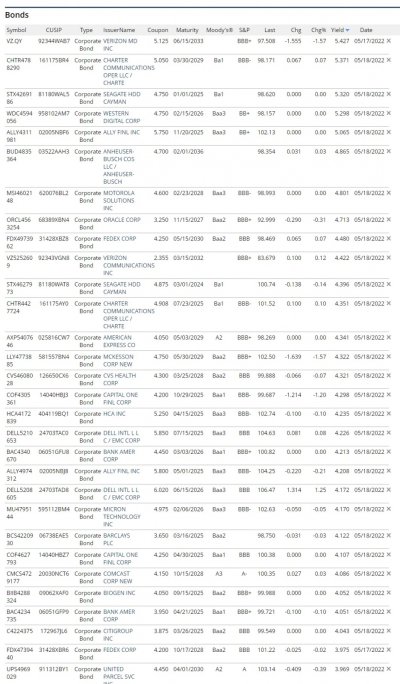Jim in PA
Dryer sheet aficionado
I read these posts and they make me feel so ignorant.. Some of you seem to able able to make 7% to 15% with low risk..Yesterday I purchased a $50,000.00 Treasury with a ytm of 1.443% maturing 11/15/22..I wish I knew how to do better.
Have you considered Series I savings bonds? You’re limited to buying $10,000 per calendar year, but they are government bond and currently yield 9.62%. Yes, for a government guaranteed bond. Rate is variable and linked to inflation. You buy them directly at treasury direct.gov
Check it out.

